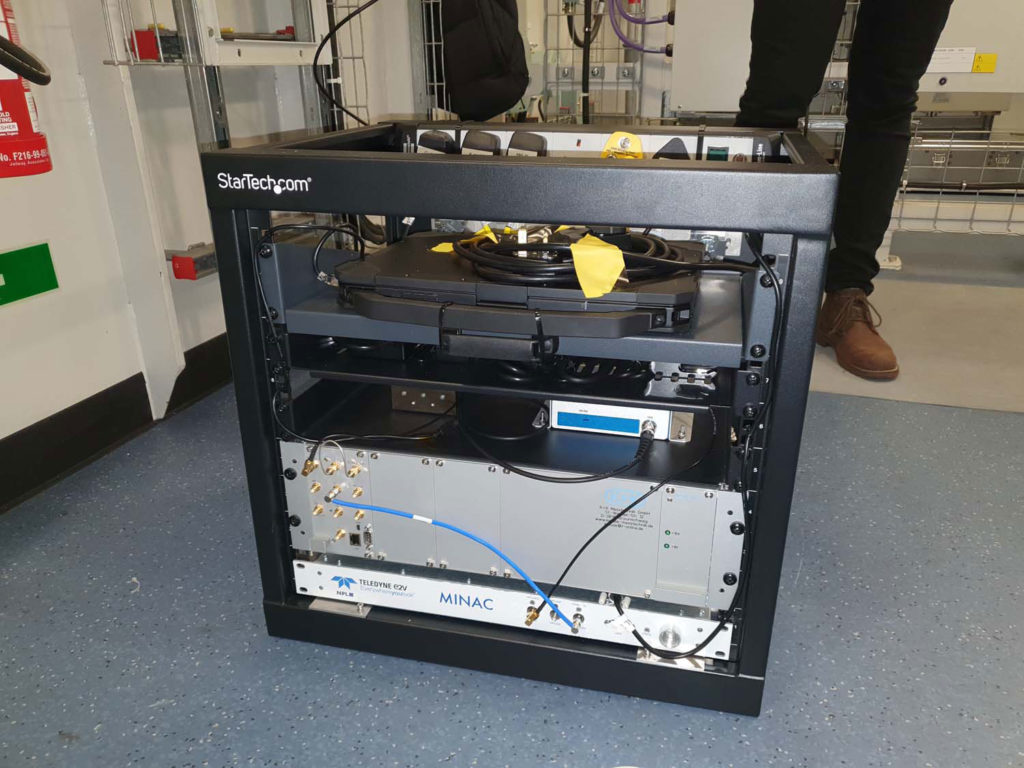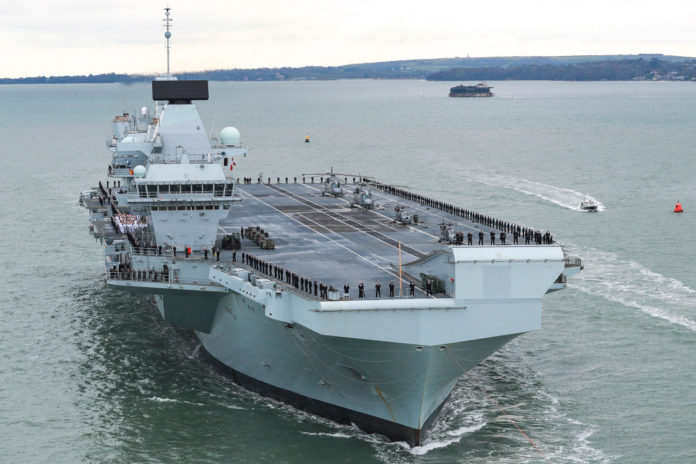The world’s first atomic clock of its kind has been fitted to Royal Navy’s aircraft carrier HMS Prince of Wales to help ensure pinpoint accuracy wherever it goes. The 280-meter (918 feet) warship received the state-of-the-art piece of quantum technology before sailing for Norway to take part in the largest military exercise in a generation in the Arctic.
The Royal Navy worked closely alongside BP and Teledyne e2v, a Teledyne UK company, to adapt the quantum technology for use on HMS Prince of Wales. About the size of a typical laptop, the technology provides a highly-accurate time signal which will allow the carrier’s complex combat systems to synchronize if the more traditional GPS signal fails.
According to the Royal navy, these time signals are crucial for warships, and having precise information helps the ship’s company stay safe while conducting operations at sea. But relying on one system such as GPS can cause problems should it break or be unavailable, so the introduction of quantum technology gives a reliable backup.

“The Royal Navy, BP, and Teledyne have shown that bringing customers, industry, and experts together can accelerate sovereign technology for the benefit of the country,” said Lieutenant Colonel Scott Wallace RM of the Royal Navy Office of the Chief Technology Officer. “Putting leading-edge quantum equipment into the front line is a game-changer for the UK.”
This is the first time this technology has been used on a surface ship. The system provides a considerable reduction in size compared to other time-signaling devices. It has the potential to be used by other ships in the Fleet as well as in daysacks carried by the Royal Marines Commando Force.
The HMS Prince of Wales warship carries a maximum of 700 crew, increasing to around 1,600 with military aircraft aboard. Its flight deck is 70 meters wide and 280 meters long – enough space for three football pitches. It can also carry up to 40 helicopters. It is designed for long-duration missions at sea, as it can store a 45-day supply of food. The ship supports various missions, including humanitarian relief, rescue operations, warfighting, and counter-terrorism.
